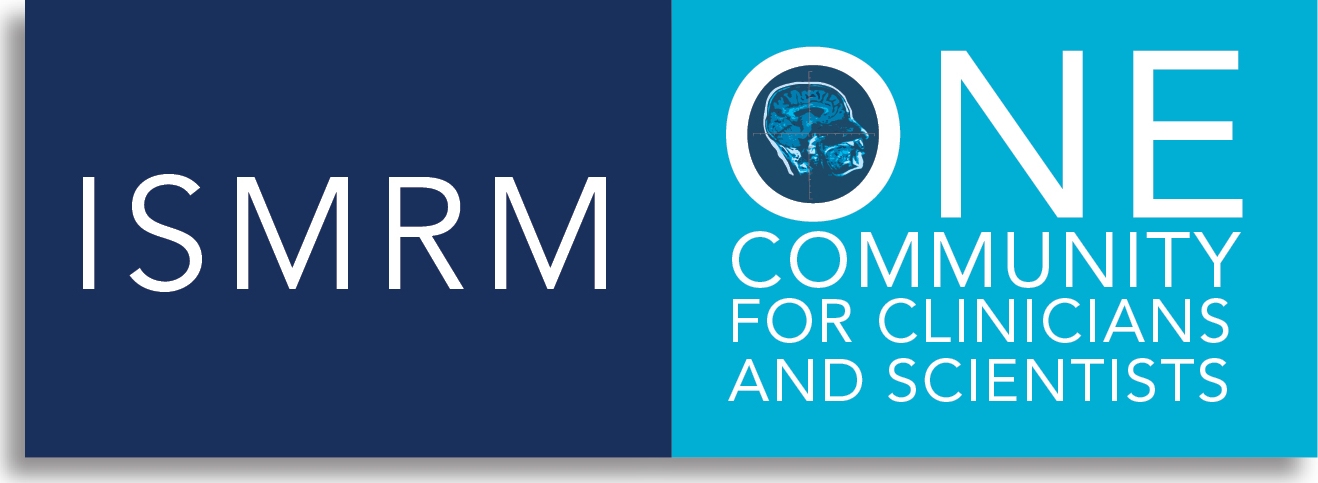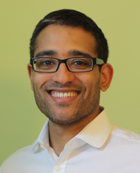|
|

|
||
|
E-news from the |
|||
|
|||
|
My first exposure to MRI was as a physics student at Cambridge
University, where I
studied for my bachelors degree.
My final year project there involved modeling B0
field distortion caused by air-tissue interfaces. Although the
project focused on numerical simulation, I found MR images and
the process of their formation fascinating. To pursue this
further, I joined Jo Hajnalís lab at
Imperial College London as a graduate student, and under his
supervision my research focused on reconstruction of undersampled
dynamic images. After finishing my PhD, the opportunity arose to
continue working at Imperial College with Jo Hajnal, with a
prototype Parallel Transmission scanner that was just being
installed at that time. Since then I have been involved with getting
this system working, and with exploring what can be achieved using
the unique new degrees of freedom available using parallel
transmission. A key feature of parallel transmission is that RF field patterns can be modulated in space as well as time. The work which led to the Young Investigator Award focuses on the idea that this can be done on a pulse by pulse basis, in order to control the evolution of signals throughout long trains of RF pulses. The idea is to design sequences of pulses together in order to achieve uniformity of signals, or some other goal, taking advantage of the coherent interaction between each pulse and the state of the magnetization even though the fields themselves are not uniform. My wife and I had just been blessed with the arrival of our first child (a daughter), and she was only 5 weeks old when I made the long trip to Melbourne. It was not easy to leave and travel so far at such an early stage, but I was very grateful to be short listed for the YIA competition and I wanted to give it my best shot. I found the whole thing to be a really good experience, especially the opportunity to present my work to a larger and more varied audience than it may otherwise have reached. The poster session / grilling from the committee was also fun, if a little daunting. Needless to say I'm honoured to have won the award; the feeling of recognition from just being short listed by the ISMRM was fantastic, and winning even more so. I have now moved on to Kingís College London where I plan to continue working with parallel transmission, with one aim being to try to translate some of the rich seam of technical developments in this field into clinical applications. |
|||

